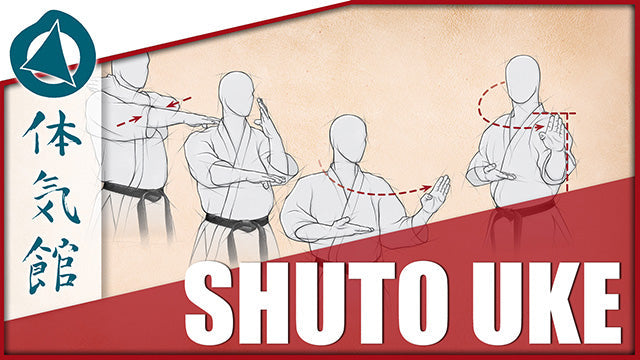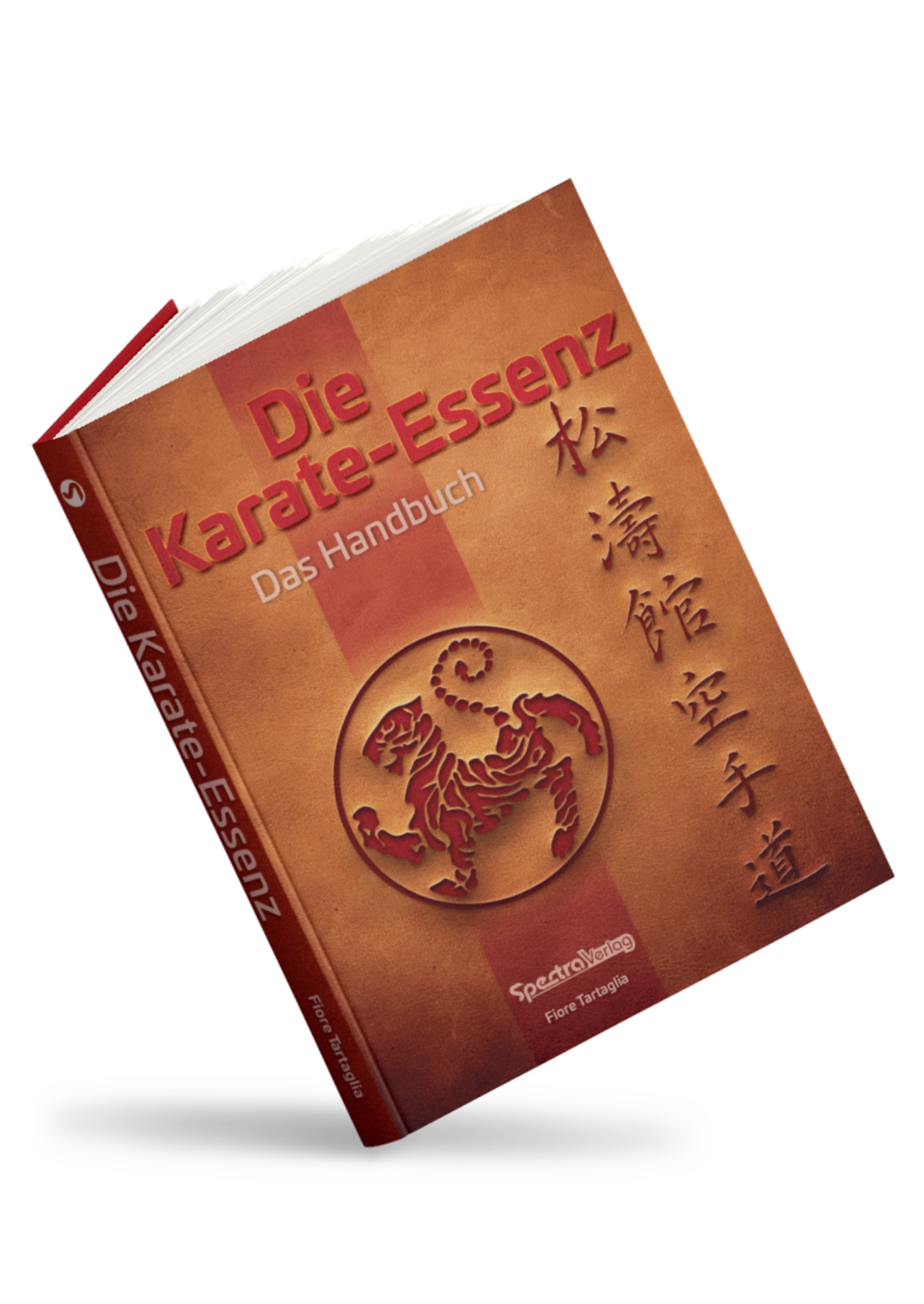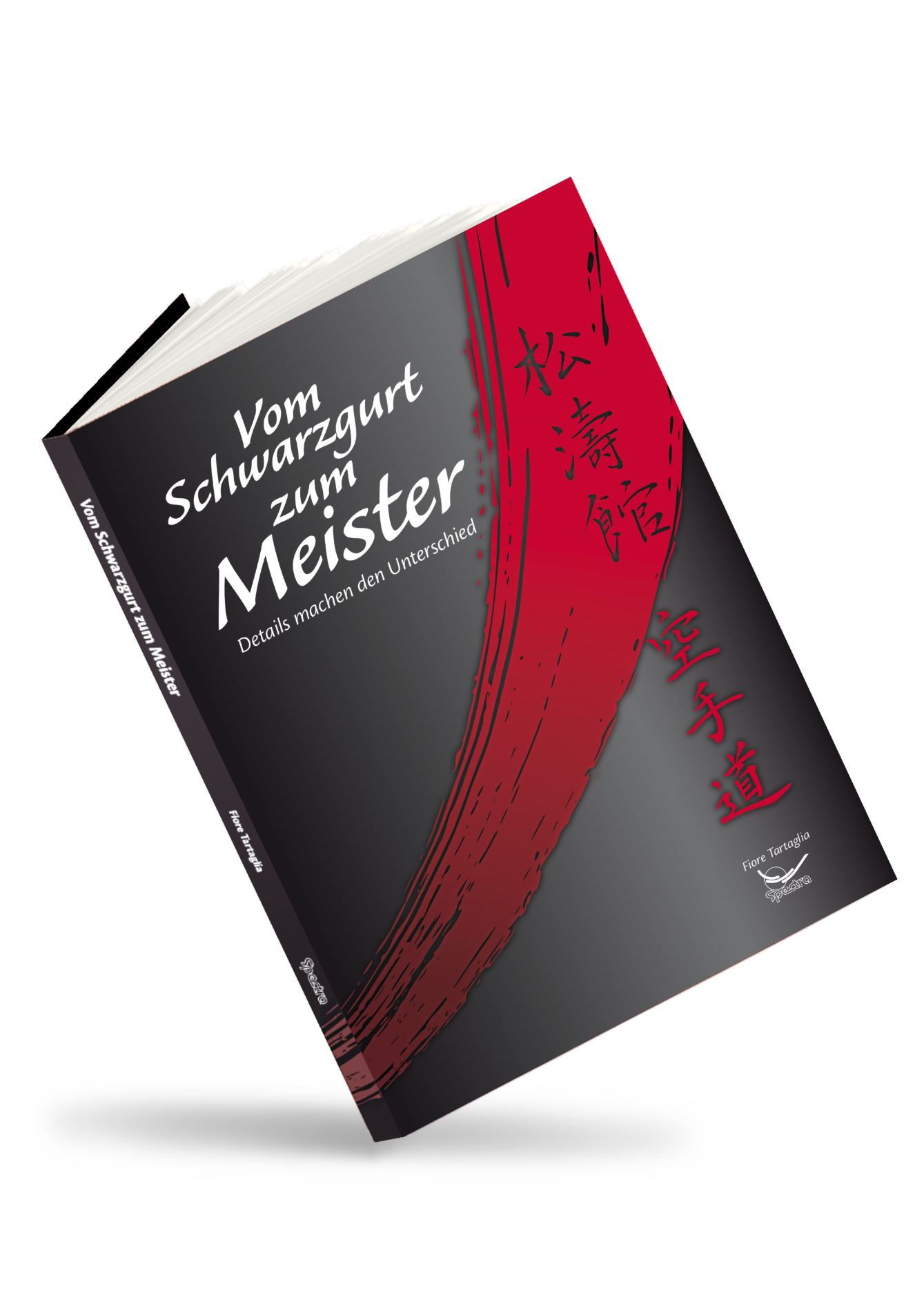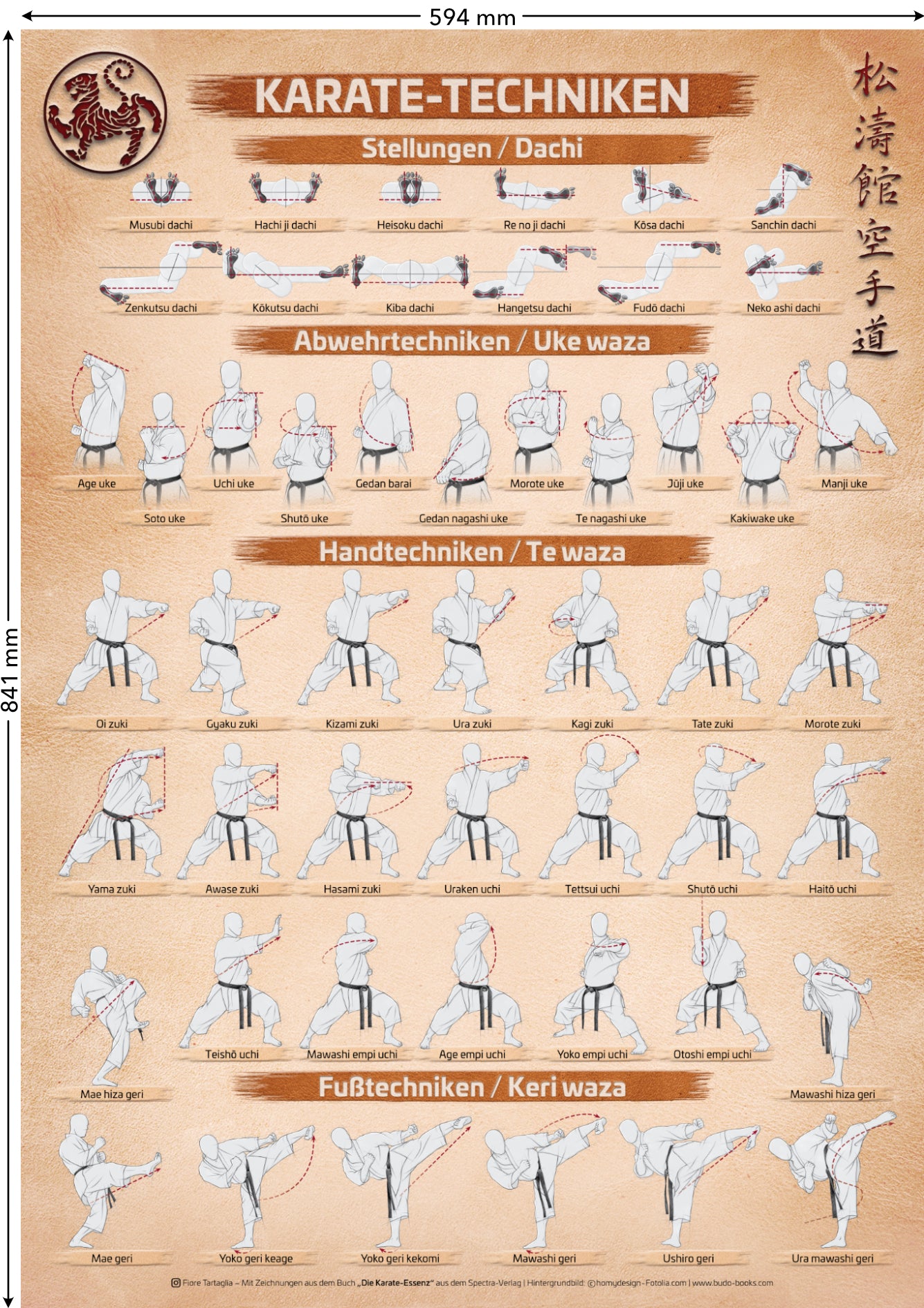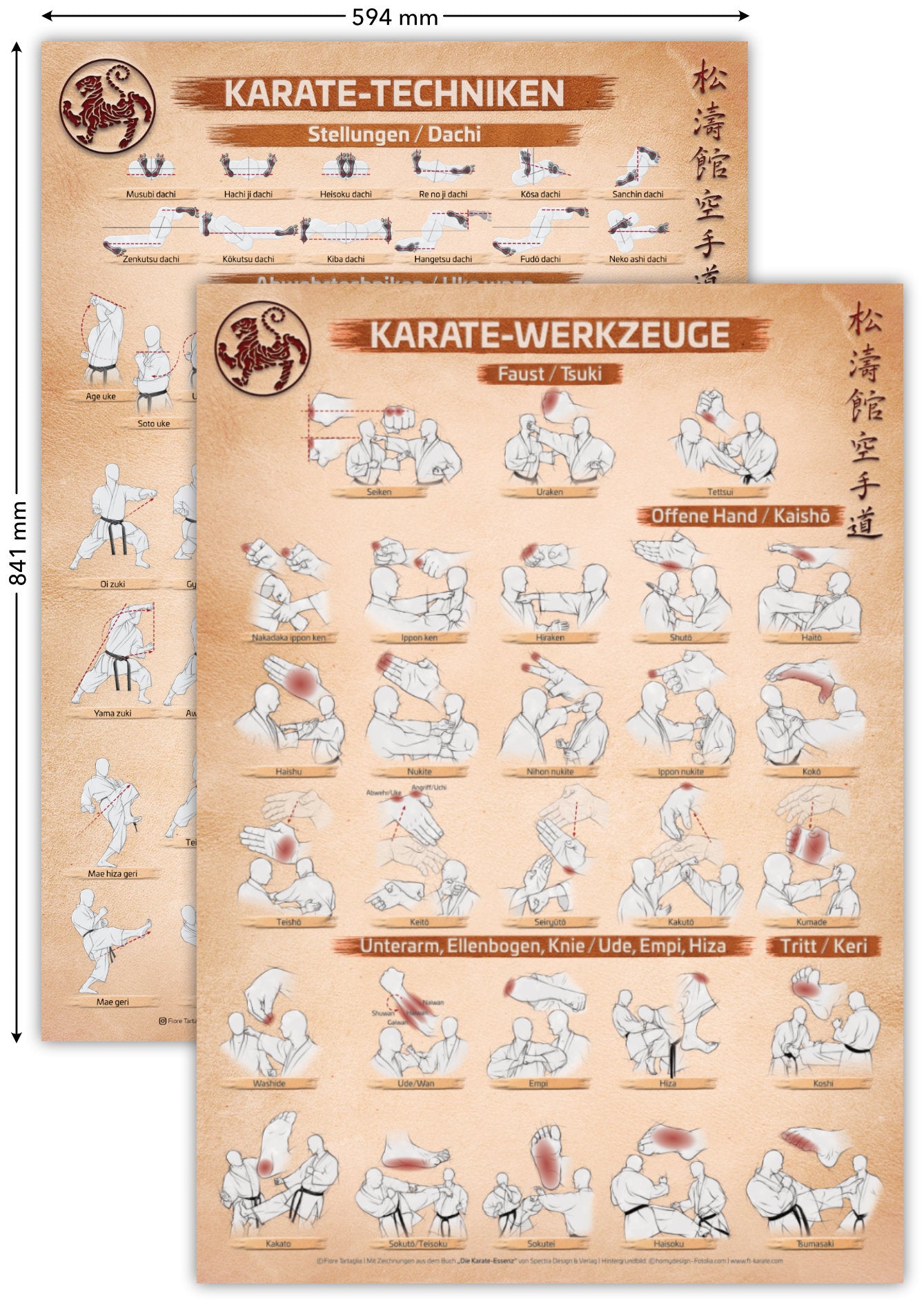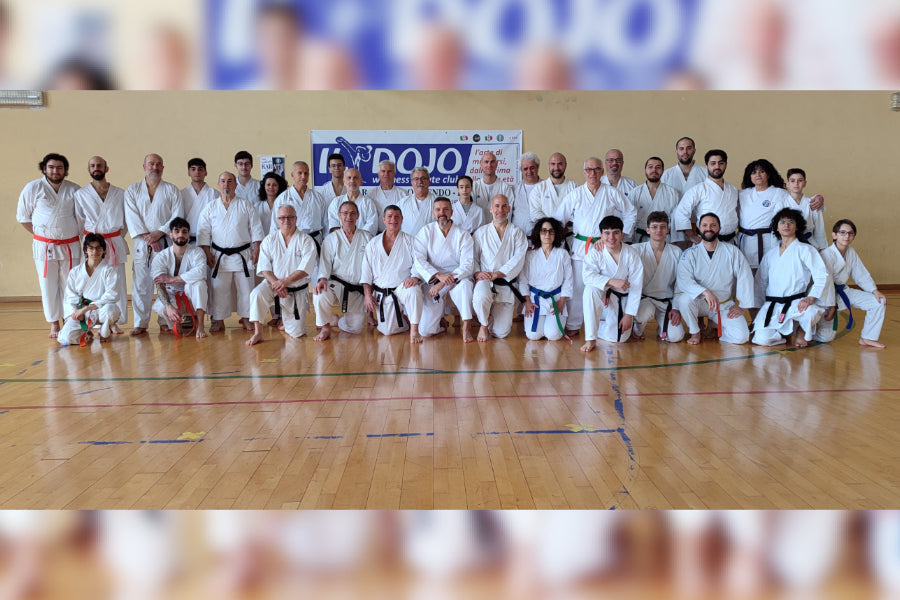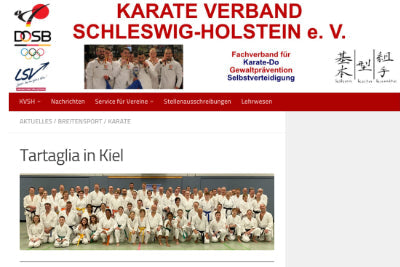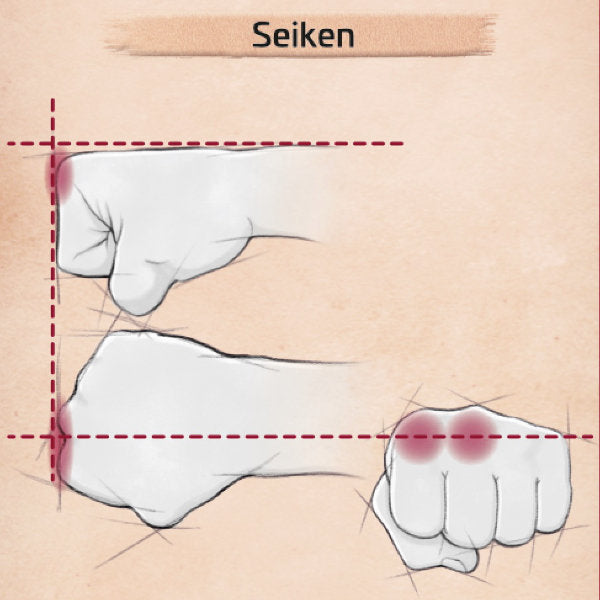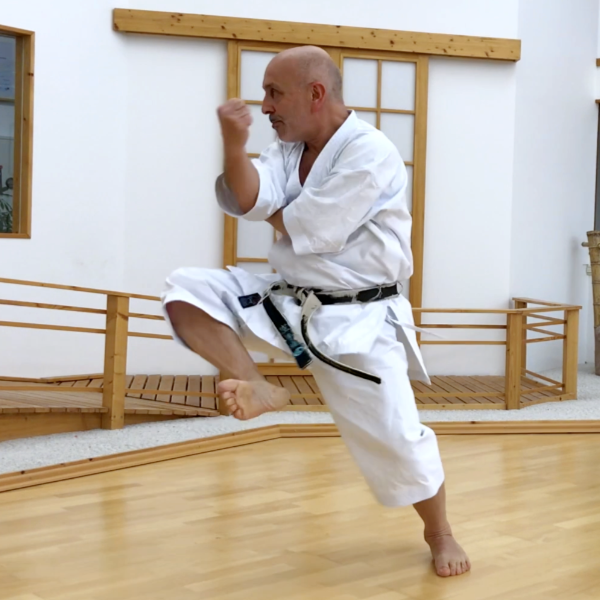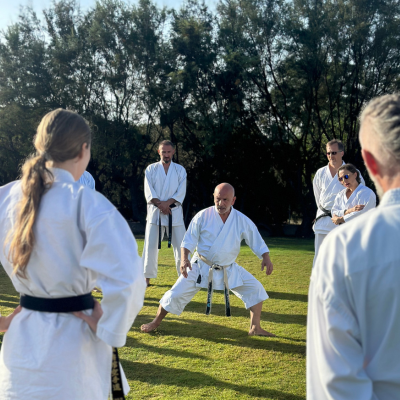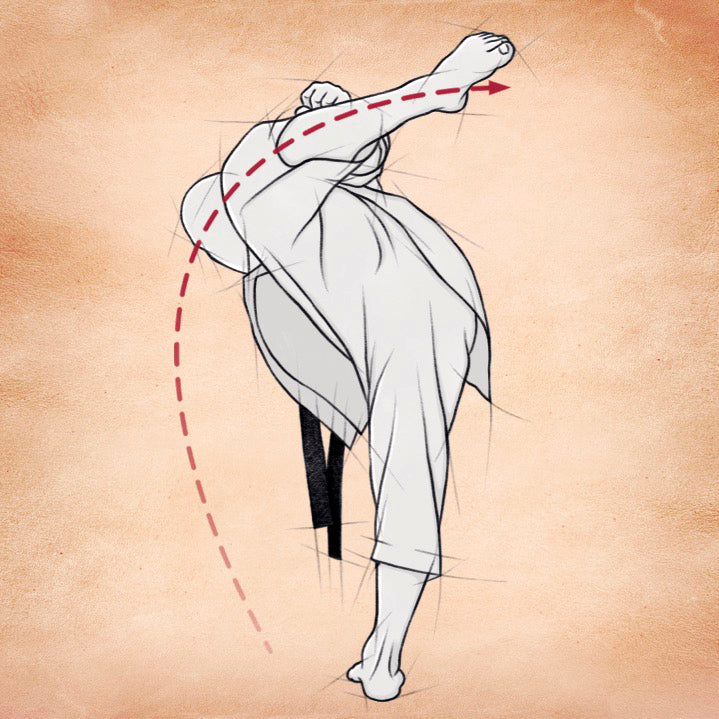The name of this position – the motionless position – already gives an idea of the areas for which Fudō dachi is suitable: with it as the basis of a technique, a great deal of energy can be developed.
The width, length, and foot position are the same as in the Zenkutsu dachi. The difference is the weight distribution: Each leg carries half the body weight. To achieve this, the back leg must be bent. Care should be taken not to position the back knee too far to the side; after all, the Fudō dachi acts forward, and accordingly, the stance, like the entire body, should be directed forward.
Fudō dachi is also called Sōchin dachi because the position appears very often in the master kata Sōchin.
